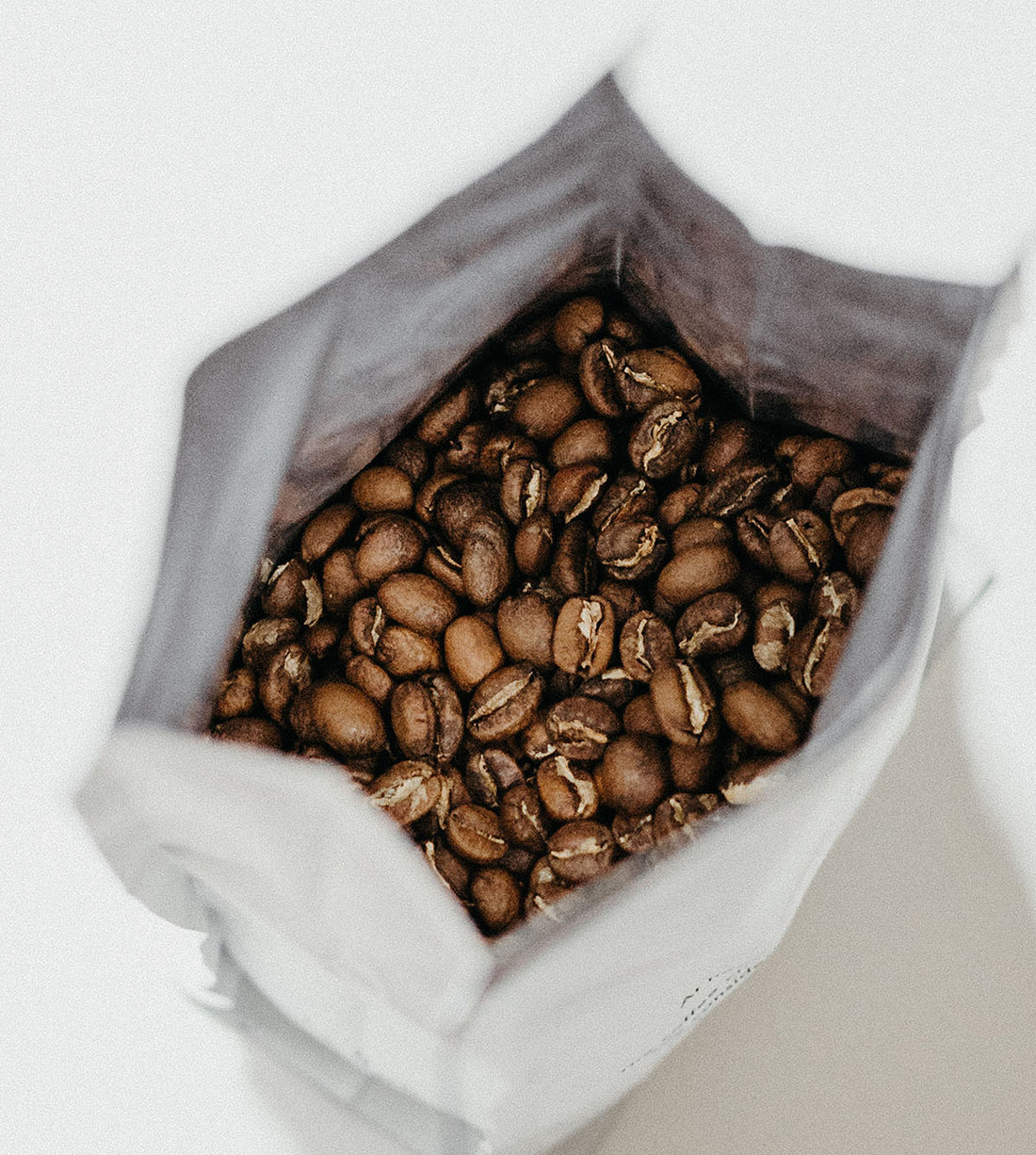
Coffee vs Espresso: 6 Key Differences
Share
Espresso and coffee are two of the most beloved brewed beverages in the world, but what truly distinguishes these two drinks? Both originate from the beans of the Coffea plant, yet end up yielding extremely different results in the cup. From bean origin and processing methods to caffeine content and flavor profiles, espresso and coffee diverge in numerous aspects from farm to cup.
1. Origins
The coffee plants that produce beans suitable for espresso and coffee come from the same species, Coffea Arabica. This shrub is indigenous to Ethiopia and thrives in the tropical highlands of Africa, South America, and Southeast Asia. However, different varietals and origins of C. Arabica beans are favored for either espresso or coffee.
Espresso blends will typically contain a mixture of beans from Brazil, Colombia, and Indonesia. These beans have a balanced flavor profile, moderate acidity, and lack any distinctive fruit or floral characteristics that could become muddled in espresso preparation. Their neutrality provides a canvas for the characteristic syrupy texture and bitter flavors extracted through the high-pressure espresso process.
On the other hand, coffee beans prized for drip or pour over are often single-origin beans from places like Ethiopia, Kenya, Costa Rica, or Guatemala. Their terroir lends them bright, complex flavors like berry, lemon, or jasmine.
These fine flavors would only be destroyed by the espresso extraction method. The light roasted coffee bean is able to directly transmit its nuanced origin flavors into the gently brewed coffee.
2. Processing Methods
After coffee cherries are harvested, a crucial step transforms the fruit into green coffee beans. Specific processing techniques used to remove the outer cherry pulp and inner parchment layer greatly influence the beans’ final flavor. Espresso and coffee beans undergo different processing that suits each drink’s individual taste profile.
For specialty coffee beans, the “dry” or “natural” processing method is often preferred. The beans are left to dry slowly while still encased inside the fruit. The cherry’s sugars permeate the bean, imbuing it with fruity and floral notes that carry through into the brewed coffee. The dried cherry skin is then removed.
The traditional “washed” methodbetter suits espresso beans. The fruit covering is eliminated immediately after picking, and just the inner parchment-covered beans undergo fermentation.
This is followed by washing which creates a “cleaner” and more neutral flavor profile that won’t compete with espresso’s unique taste characteristics.
3. Roasting
Roasting is the key step where espresso and coffee beans begin to transform into their respective brewed beverages. Through precise control of temperature, time, and variables like airflow, roasters expertly develop the desired organic chemical changes in the beans.
Coffee beans are usually lightly or medium roasted to showcase the inherent qualities of their origin. Higher roasting temperatures would obliterate the beans’ nuances and impart a burnt flavor.
Espresso beans undergo longer, hotter roasting that typical reaches near-blackness. This deep roasting caramelizes natural sugars which will dissolve and emulsify during brewing to create espresso’s signature syrupy consistency. It also leads to higher caffeine availability.
4. Grinding
Proper grinding maximizes the surface area of the bean which enables efficient extraction during brewing. The ideal grind size depends on the intended brewing method. Espresso requires an extremely fine, powder-like grind to allow pressurized water to fully penetrate the tiny particles.
Coffee is ground to a medium consistency like sugar or sand, coarser than espresso to prevent overextraction from gentle water flow.
5. Caffeine Content
Despite the common impression that espresso packs more caffeine than coffee, this is not always the case. Caffeine content is dependent on variables like bean origin, roasting method, and grind size rather than brewing style alone.
However, espresso typically contains the most caffeine per volume since a single 1-1.5 oz shot of espresso contains about 63-100 mg of caffeine. A typical 8 oz cup of drip coffee has 100-200 mg. Caffeine concentration in espresso is higher but overall less caffeine may be consumed due to small portion size.
When comparing 1 oz espresso to 1 oz coffee, espresso would have slightly higher caffeine since the fineness and high pressure used in its brewing result in very thorough extraction. But a larger serving of drip coffee may ultimately contain more overall caffeine.
6. Taste Profile
In the final cups, espresso and coffee offer vastly different taste experiences based on their total processing journeys.
Coffee seeks to highlight the distinct inherent flavors of the bean’s origin and variety. Notes like floral, fruity, herbal, and nutty are detectable in the lighter roasted beans and preserved through gentle brewing. Coffee has a thin, tea-like mouthfeel and perceptible acidity. Overall strength can be customized based on factors like brew time.
Espresso’s bolder, darker roasting develops an entirely new flavor dimension dominated by bitterness, smokiness, and toasted flavors. The fineness and high pressure used in extraction yield a heavier, syrupy texture laden with the dissolved solids. There is
